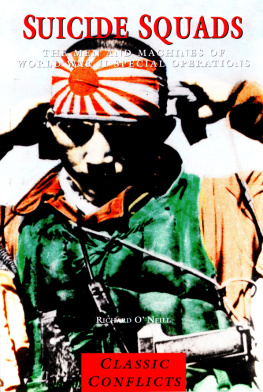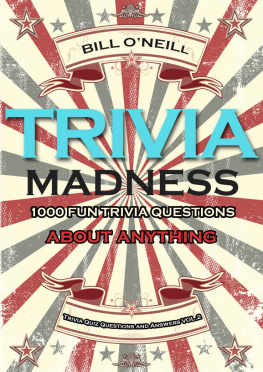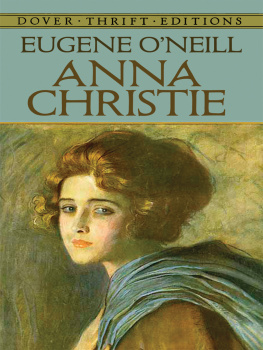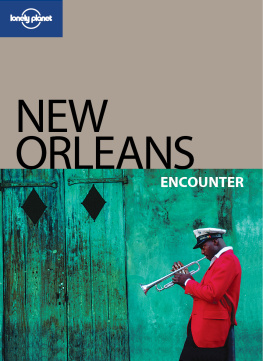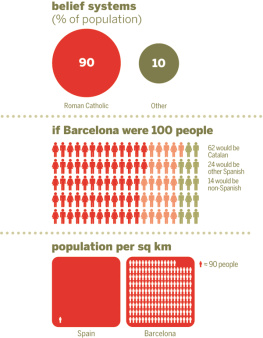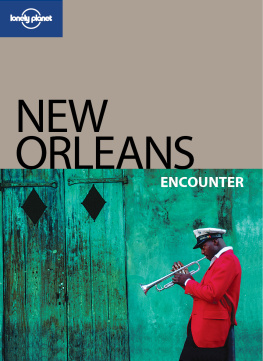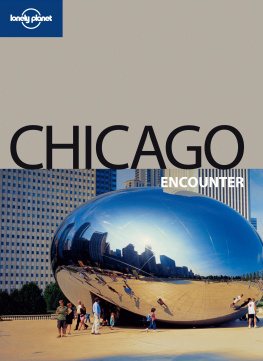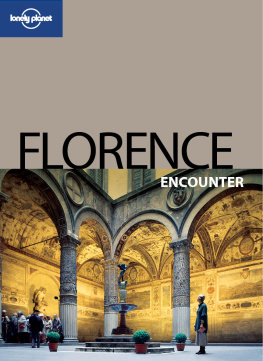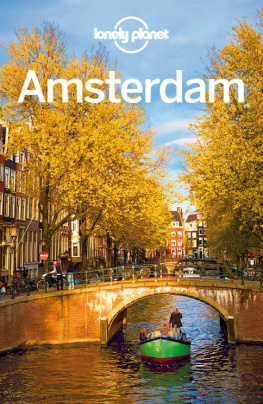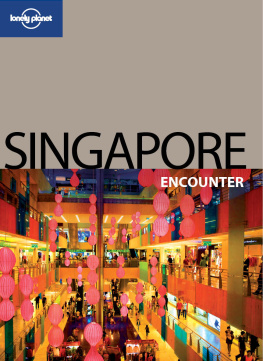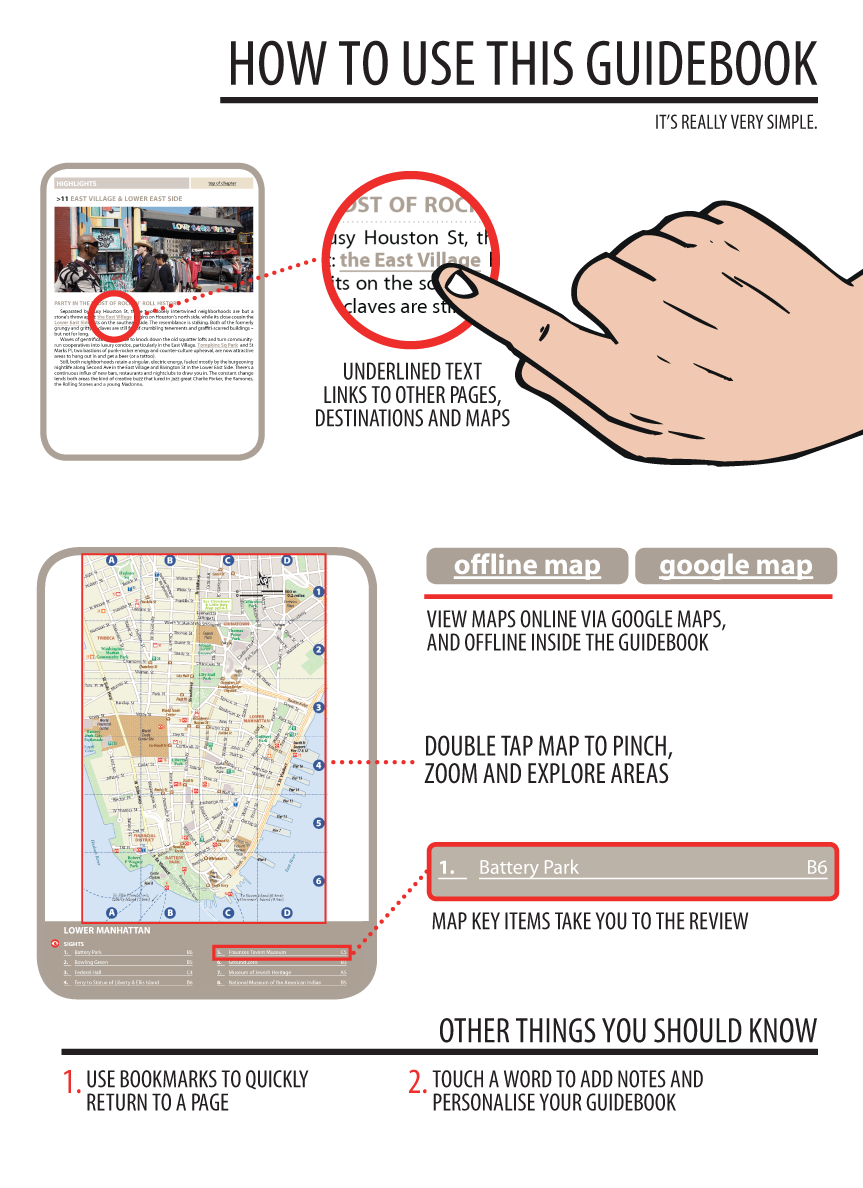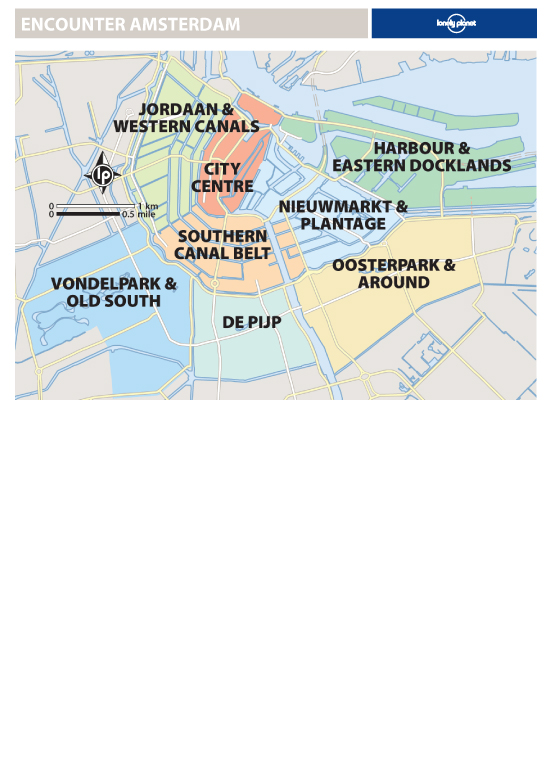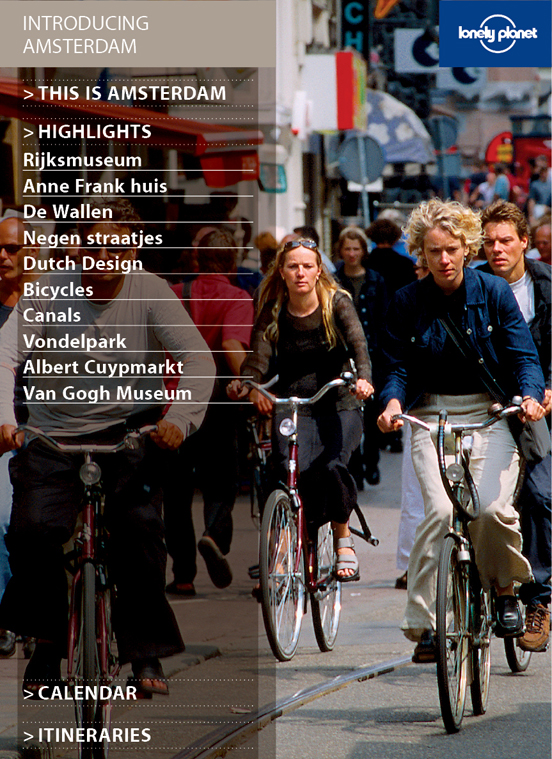This is Amsterdam
Youre sitting on a small boat, sliding along the curve of the Prinsengracht. Its twilight, and the sky is painted the richest indigo. The white lights edging the canal bridges reflect on the black water, and the windows in the gabled houses glow gold.
Its just another gorgeous evening in Amsterdam, a magical city where 17th-century buildings lean against each other like fond old friends, and the mindset of residents is one of the most progressive in the world.
Amsterdam may be famous for its pragmatic approach to sex and drugs, but once youre here for more than an afternoon, youll see how this policy fits right into a city that values its inhabitants rights to pursue their interests whether that means opening a shop specialising in toothbrushes or skating around town in nothing but a rhinestone-studded jockstrap.
It is true that Amsterdammers will take any excuse to party till dawn, and concert halls and clubs are booked solid with entertainment from all over the globe. Combine this with a flourishing design scene and catwalk style during the biannual fashion week, and its hard to believe that Amsterdam is a city of only 750,000 people.
It is growing though, as youll see from the construction scaffolding visible all over town. With a new metro line being laid and a harbour that seems to sprout a fresh architectural marvel every month, this metropolis is in fast-forward motion. In recent years, debates over immigration, right-leaning national politics and a global economic meltdown have caused citywide anxiety. But Amsterdammers are too relaxed to live in crisis mode. Theyve gotten back to business, settled into their beloved candlelit bars, flocked to the clubs or donned their wigs and platform boots and hopped back on their bicycles. In short, theyre still doing their own thing. Care to join in? Just pack a few days attitude, and climb aboard.
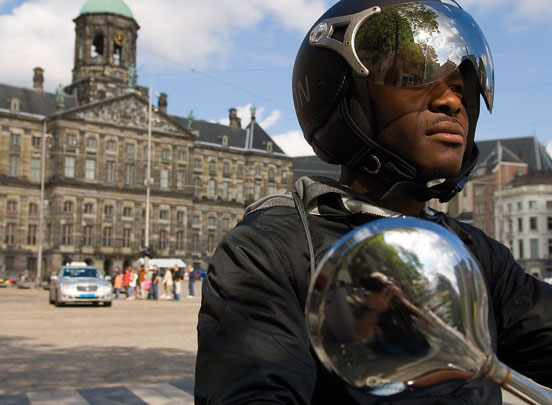
Motorcyclist travelling past Royal Palace
WILL SALTER/LONELY PLANET IMAGES
>1 Rijksmuseum
MASTER THE OLD MASTERS AT THE RIJKSMUSEUM
The is the Netherlands treasure house, established when the country was one of the wealthiest in the world. It has grown into a collection of more than a million objects of art, including 5000 paintings, which represent the artists of the Dutch Golden Age as well as notable works from elsewhere in Europe. Pending completion of the monumental 1885 buildings renovation in 2013, currently only a small portion of the treasures are on view in a side wing. Hardcore art-lovers will be a bit disappointed, but in many ways this limited selection, which takes about two hours to see, is a very manageable treat.
All the greatest hits are here, including portraits by Frans Hals, rowdy pub scenes by Jan Steen, domestic tableaux by Johannes Vermeer and the glowing cows that Paulus Potter specialised in. If youre lucky, youll also see Jan Asselijns malevolent swan but the exact selections, which might also include examples of fine delftware and some of the 17th- and 18th-century dollhouses the museum owns, change a few times a year. One work, though, is always on display Rembrandts The Night Watch, a strikingly luminous work that broke new ground in the field of civic guards portraits.
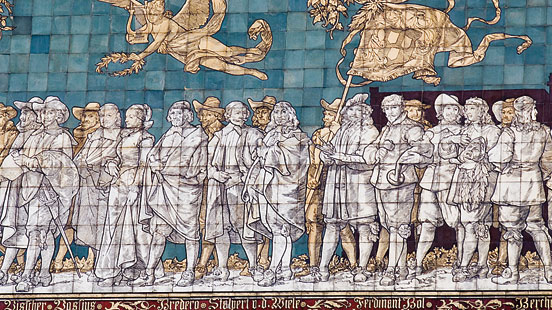
Detail of tiled tableaux on Western Phillips wing at Rijksmuseum
WILL SALTER/LONELY PLANET IMAGES
>2 Anne Frank huis
VISIT ANNE FRANKS SECRET ANNEXE
Young Anne Frank would have been another anonymous victim of the Holocaust were it not for her illuminating diary, written during the two years she and her family lived hidden in the back of her fathers offices with another family attempting to avoid Nazi persecution. Translated into some 60 languages and adapted as a stage play and film, her writing reflects all the travails of an ordinary teenage girl, unable to swim against the tide of extraordinary times. The hidden families were eventually revealed to the Gestapo, and Anne died in Bergen-Belsen concentration camp just months before the war ended.
The focus of is the achterhuis (rear house), the secret annexe behind a revolving bookcase. It was in this dark and airless space that the Franks observed complete silence during the day, outgrew their clothes, pasted photos of Hollywood stars on the walls and read Dickens, before being mysteriously betrayed and sent to their deaths. The claustrophobic rooms, their windows still covered with blackout screens, are bare of furniture at the request of Annes father Otto, the only member of the group to survive the camps. But poignant traces are still visible the childrens heights marked on the door frame, for instance. The house has been a museum since 1957, and now incorporates a modern wing that addresses issues of present-day racism and anti-Semitism.
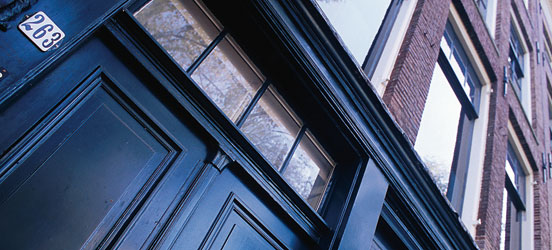
Door and facade of Anne Frank house
RICHARD NEBESKY/LONELY PLANET IMAGES
>3 De Wallen
GET AN EYEFUL IN THE RED-LIGHT DISTRICT
As much as the tourism board wishes it werent so, the district called De Wallen (The Quays) is a distinguishing feature of Amsterdam. Perhaps whats most fascinating about the red-light district is that its not a festering den of sleaze. Granted, lads on lost weekends dont set a great tone, but this may be the safest vice zone in the world. De Wallen is a functioning neighbourhood, complete with kids, older residents, cosy cafes and postcard-worthy canals.
To the Dutch, legal prostitution is simply common sense, as is, for that matter, the marijuana sold at the coffeeshops that alternate with the pubs, sex shops and peep-show theatres. But its still mind-bending when you first set eyes on the women in the windows, illuminated not only with red lights, but also with black ones that make their white lingerie glow enticingly. (Your first instinct might be to take a photo, but dont do it out of simple respect, and to avoid having your camera tossed in a canal by the ladies enforcers.)
Go first in the midmorning, when the neighbourhood is waking up: prostitutes on the early shift chat out their windows as grannies go out for a stroll. Stop in at .
Come back in the evening, when all the neon lights are on, and edge down the citys narrowest alley, the metre-wide Trompetter-steeg, lined with red-light windows (look for the entrance in the block south of the Oude Kerk). Maybe take in a live sex show at .
Its worth noting that this isnt the only red-light district in Amsterdam theres another stretch of windows on Spuistraat, and some on Ruysdaelkade in De Pijp. Likewise, there are coffeeshops all over the city as well (). But nowhere else has quite the stimulating mix of history and industry as De Wallen.


